Nurturing Nature: Can You Bring Plants on a Plane?
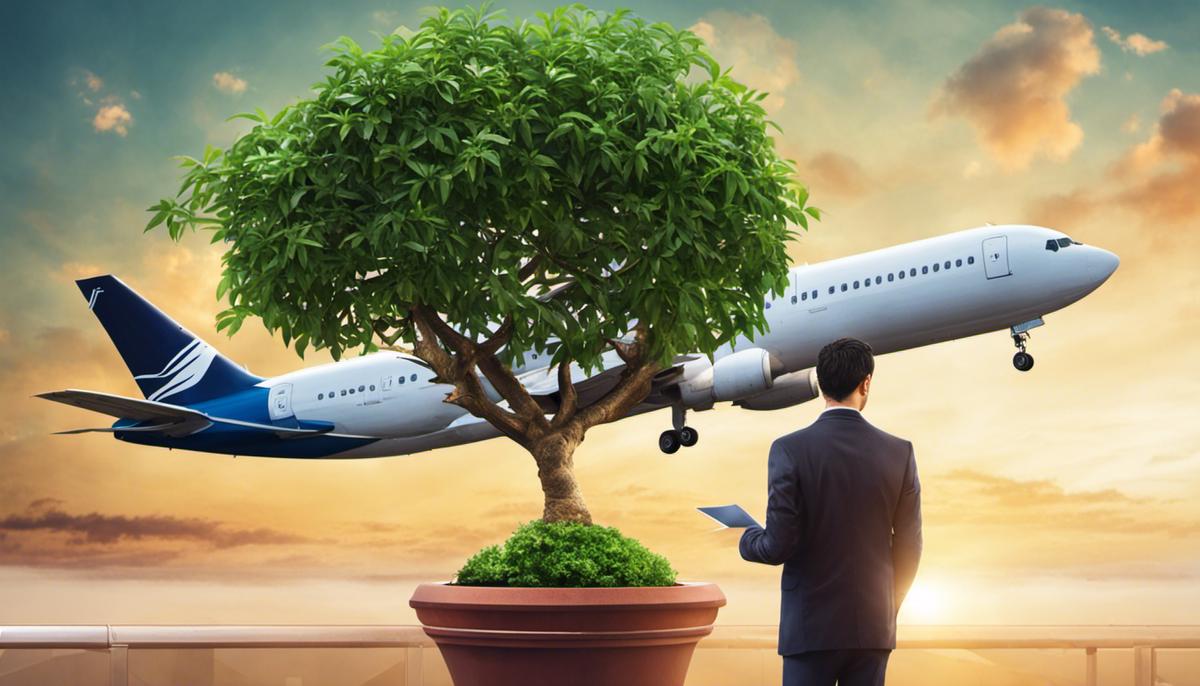
Whether you’re a passionate gardener hoping to transport your beloved flora on a trip, or simply love the idea of keeping your favorite plant with you at all times, understanding how to successfully travel with plants is crucial. This indispensable guide will help you navigate the often complex rules and regulations posed by airlines regarding the transport of plants, as well as the international protocols that could further complicate this process. We’ll also delve into practical tips such as suitable packing techniques and effective post-travel care for your green companions, ensuring you’re well-equipped to embark on your botanical journey.
Understanding Airline Policies for Plants
Do you travel frequently with a passion for botanicals that swiftly turns into curiosity about how to get your recently discovered plants home? If so, you’ve arrived at the right place. This article aims at diffusing the intricacies of airline policies regarding carrying your much-loved plants onboard.
Firstly, traveling with plants isn’t as straightforward as it appears due to different regulatory bodies involved. Transporting plants by plane necessitates compliance with various international plant health regulations to prevent the spread of potential pests and diseases. Therefore, airlines have to enforce these rules rigidly.
For domestic flights within the U.S., the TSA allows plants in both checked and carry-on baggage. However, they must go through the X-ray scan and the Transportation Security Administration reserves the right to ask passengers to take certain items in their checked bags, including your plants, through additional screening.
Nevertheless, on international flights, the rules become stricter, and each airline has its own diverse set of requirements. For most airlines like Delta or United, as long as the plants are packed correctly and fit into the carry-on or the personal item space, there shouldn’t be an issue. Just bear in mind that you might be asked to show that your green friends are pest and disease-free, so a phytosanitary certificate becomes a basic requirement when traveling with plants internationally.
However, airlines like Southwest impose restrictions based on the destination’s import regulations. For instance, flights to Hawaii, Puerto Rico, and the U.S. Virgin Islands – among many others – have strict regulations to prevent the introduction and spread of pests and diseases. Therefore, passengers should check with their airline and with the receiving state or country to ensure they comply with their standards before they travel.
As for packing plants, remember that airlines are generally more accepting of plants that are small, manageable, and safely packed. Dish gardens and large pots will understandably be a no-go on a commercial flight due to size convenience and the potential mess they could make. However, bareroot plants, seedlings, or dormant bulbs, on the other hand, are the most travelable plant types and commonly accepted in flight cabins.
The golden key lies in researching before you travel. Browse the official websites of the airline you are traveling with and read the policies concerning carrying plants. Often, airlines provide a comprehensive guide on what is permissible and what is not.
In conclusion, while it entirely depends on the airline’s regulations and restrictions, one can indeed carry their cherished plants onboard, with special attention to packing and documentation. Bringing a slice of your botanical adventures back home doesn’t have to be complex, as long as you comprehend the airline’s policies and adhere to them. As the saying goes in the gardening world, “The grass is greener where you water it,” and this proves yet again clear when traveling with your plant buddies! Happy plant-traveling!
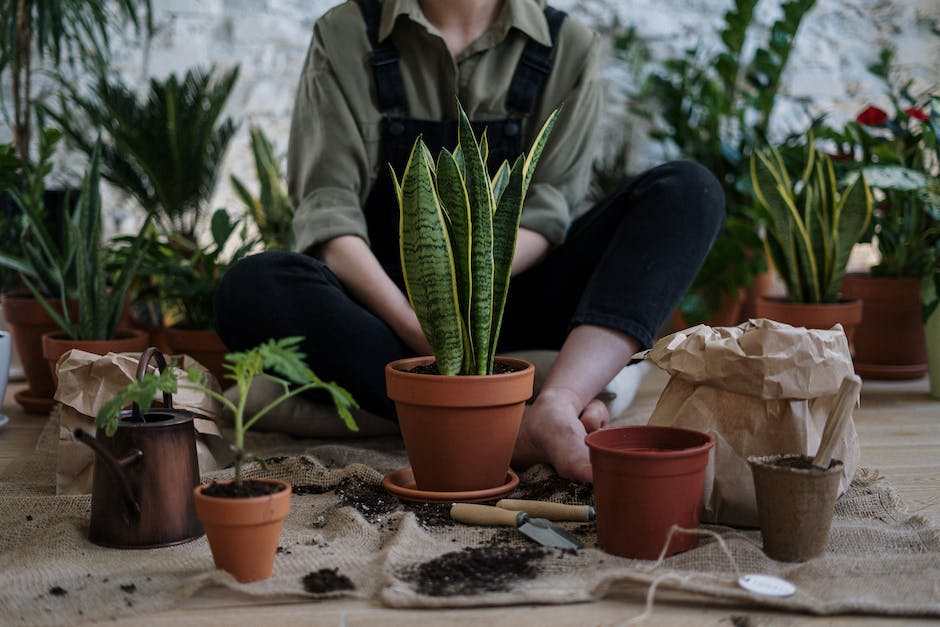
Navigating through International Rules and Quarantine Laws
Taking a deep dive into the world of green-thumb travel, we explore how crucial understanding international rules and quarantine laws becomes when you’re bringing your leafy companions on an exciting journey. It’s not just about making sure your peace lily survives the flight, it’s also about respect for the global ecosystem and compliance with the laws that protect it.
Seeds, plants, cuttings – all of these can be accompanied by pests or diseases undetectable to the naked eye but potentially harmful to the flora of your destination. This is why countries worldwide have strict rules regarding the transport of living plants. Just as travelers go through intense security screenings, plants have to pass biosecurity checks in order to be allowed entry into foreign soil.
Pre-departure, it’s vital to be well-prepared by studying the requirements of both the departing and arriving country. Quarantine laws vary tremendously around the world. For instance, Australia’s rigorous quarantine requirements stand out globally. The Land Down Under mandates quarantine for all plant imports, inspecting them for unwanted diseases and pests. If detected, either treatment or destruction can be enforced.
Phytosanitary inspections, where plant health is certified by an authorized professional, are legally enforced by many countries to prevent the inadvertent introduction of plant diseases. This requires the obtaining of a phytosanitary certificate, a process likely quite alien to the average passenger.
Moreover, if you’re planning to bring back rare orchids from a vacation in Thailand or a bonsai tree from Japan, it’s crucial to understand the Convention on International Trade in Endangered Species (CITES). It has safeguarded the survival of endangered plant species since 1975, by monitoring the trade in specimens of selected species. A CITES permit is required if one plans to transport a live specimen of an endangered species.
In light of increasing global trade and travel, bodies such as the International Plant Protection Convention (IPPC) strive towards curbing the spread of pests and diseases which have proven to be a major threat to global biodiversity. They coordinate international efforts to ensure the health of globally traded plants, setting standards for phytosanitary measures.
Multi-layered regulations make the idea of traveling with a plant friend seem like an obstacle course. But it’s necessary to remember that these stringent laws are foundational for protecting ecosystems from invasive species and diseases, thereby upholding biodiversity.
To ease the journey, make sure to do your homework before you travel, verify the specific policies of your airline, destination country, and stay compliant. Doing so not only validates your commitment as a plants enthusiast but also allows you to contribute to the global effort to maintain the health of our beloved green planet. Happy and responsible plant traveling!
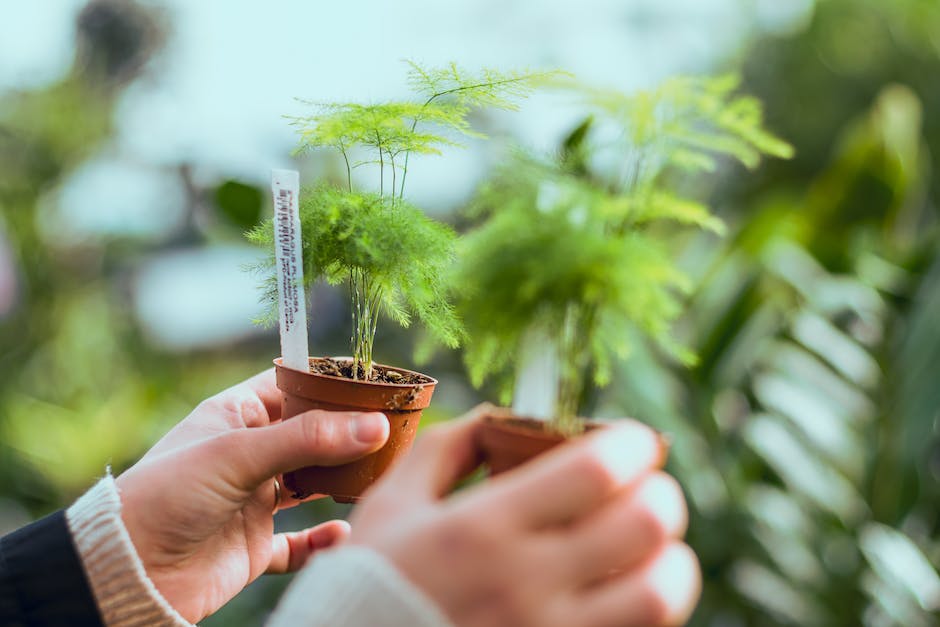
Proper Packing and Handling of Plants
Moving beyond just understanding the extensive regulations for packing your plants during travel, let’s talk about how to actually safeguard your chlorophyll-ed companions to endure this potentially traumatic journey. It’s not a simple task to pack your plants for travel, but with a little care and preparation, it can be done without inflicting any damage to your precious green friends.
Step one, choose the right packaging. For short flights, a well-aerated plastic bag would do the trick, but for longer hauls, consider investing in a specially designed plant carrier. These carriers are great as they keep the light in, maintain a steady temperature, and provide space for your plants to breathe.
Also, it’s wise to repot your plants into plastic pots before traveling. Plastic pots are much lighter and safer to pack compared to their terra cotta counterparts. It’s less complicated and reduces the total weight, which is a significant factor, especially on flights.
Next, let’s talk hydration. Overwatering before travel could lead to root rot due to the waterlogged soil. On the flip side, under watering might stress the plants too. Hence, striking the right balance is necessary. Typically, watering your plants a day before travel keeps them adequately hydrated.
Moreover, a little pruning never hurts. Trimming down your plants reduces their volume and makes packing easier. Remember to remove any dead leaves or branches that could decay and possibly cause conditions to get unhealthy during the travel.
For those carrying seeds, ensure they are packed in paper envelopes, not plastic, as the latter might encourage moisture and risk the seeds to rot. Also, always label your plant and seed packages. Not only does this speak to an organized approach, but it could also be a great help at the customs.
Finally, once on board, carefully place your plant under the seat in front of you or in the overhead compartments. Never place plants in tightly packed spots or under heavy items. They need their breathing and living space, after all.
But remember, despite all these steps, plants are sensitive, and travel can shock them. Patience is key. They may take some time – a few weeks or even months – to adjust to their new environments once you reach your destination.
There you have it, the excitement of travel combined with the joy of carrying your green companions. With these guidelines, you are set to embark on a safe journey with your plants. So, phrase it like an adventure, tread wisely, and may the photosynthesis be with you!
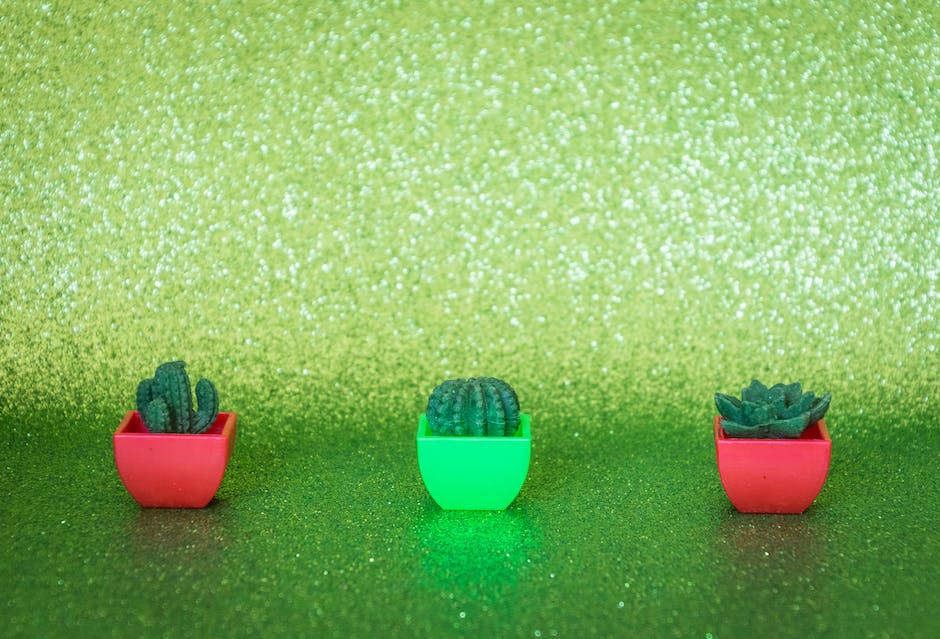
Post-travel Care for Transported Plants
Post-Flight Plant Care: The Perfect Blend of Science and Love
A journey on a plane is exhilarating for many of us human folk, a thrilling break from the everyday hustle. But let’s switch gears and consider our leafy friends. How does air travel affect them?
Air travel inevitably leads to changes in the plant’s environment – abrupt fluctuations in air pressure, temperature, and light can result in plant stress. Post-flight care is critical to help plants readjust after a journey in the sky.
Retaining Moisture: Unpacking and Watering Routine
Plants can suffer from dehydration while on a flight due to the low humidity in airplane cabins. Once you’ve safely reached your destination, promptly unpack your plant and examine the soil. If it feels dry, follow your regular watering routine. However, be mindful not to overwater! Remember, each plant has its unique watering requirements, so understanding your plant’s needs can make post-flight care much more effective.
Provide Appropriate Lighting
Light is vital to a plant’s overall health, especially after being transported. Transitioning plants directly from artificial plane light to bright sunlight can shock them. Therefore, put your plants in a sheltered spot where they will receive filtered and indirect sunlight on arrival. Over the next days, you could acclimatize them to stronger light by gradually increasing their exposure.
Monitor Temperature and Humidity
After a journey, your plants could hugely benefit from a stable temperature and humidity level. Accustom your plants slowly to the new climate by avoiding abrupt changes in indoor and outdoor conditions. A stable environment will undoubtedly hasten their recovery.
Check for Pest Infestations and Disease
The confinement of doing time in a package can occasionally give rise to fresh pest invasions or the spread of disease, despite biosecurity checks. Plant enthusiasts should scan for signs of trouble: discolored or speckled leaves or a sticky residue are some red flags.
Re-establishing Normalcy
Post-flight, plants might go through a period of transition where they acclimatize to their new environment. During this time, they may show signs of stress or slow growth. Offering extra care and attention during this period can go a long way in helping them settle into their new homes.
Remember, Love Goes A Long Way
While science offers a sure-shot method of care, the most successful plant-parenting tales come from practitioners who listen to their plants, understand their needs and respond with love. It’s the very soul of what the hobby is all about. Treat your leafy companions with patience for they may need time to rebound from their airborne adventures. And when they do, you will see your plants thriving in their new environment, rendering a sense of unmatched fulfillment, nurturing the bond that all plant enthusiasts share with their leafy companions.
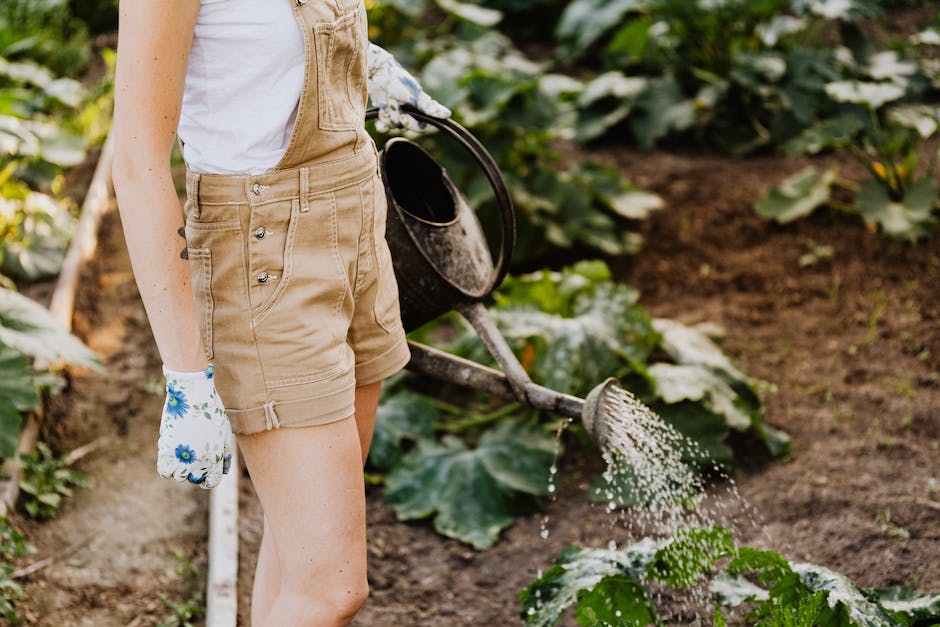
Transporting plants can at times seem like a daunting task, involving a labyrinth of regulations and careful planning. However, with the right insights into airline, international rules, and quarantine laws, coupled with proper packing and handling, you can bring your cherished plants along with no fear. And remember, the journey doesn’t end with the travel. Caring for your transported plants post-travel is just as important to ensure they continue to thrive in their new environment. So, let’s embark on this enlightening journey, ensuring our green companions have a safe trip and remain flourishing as ever.



